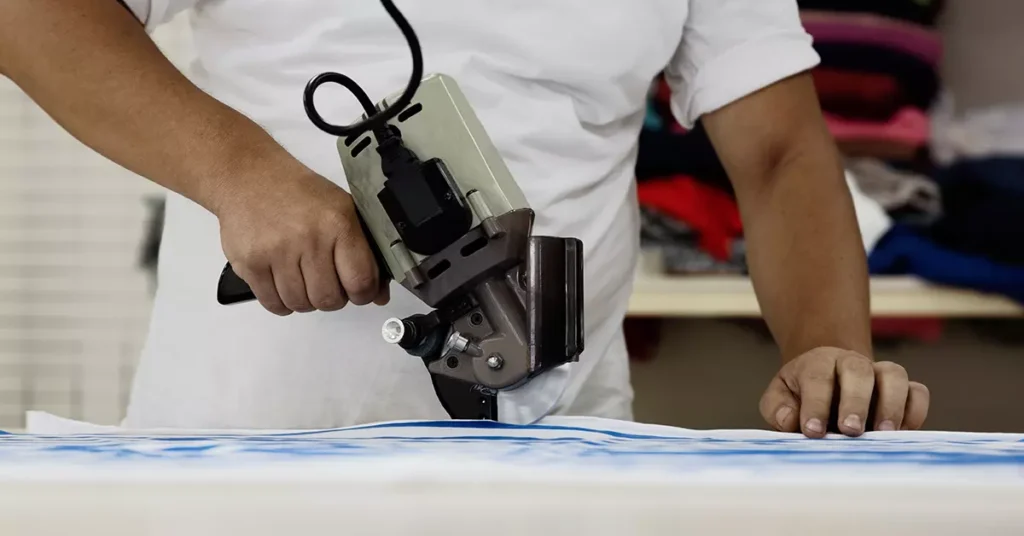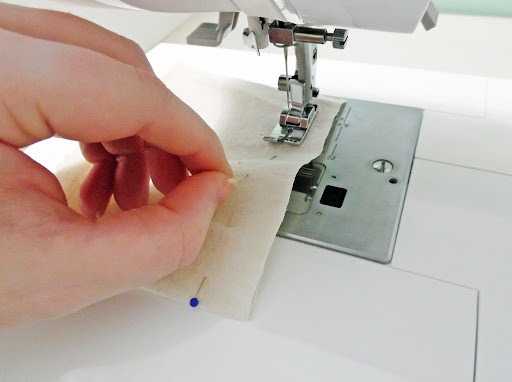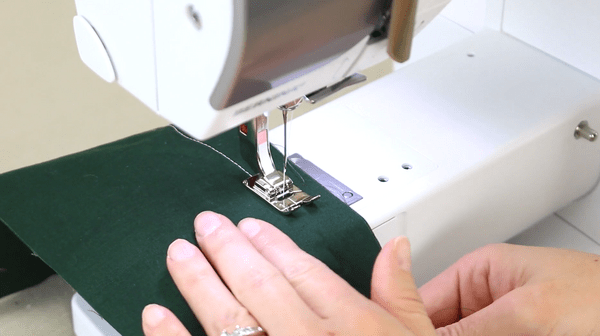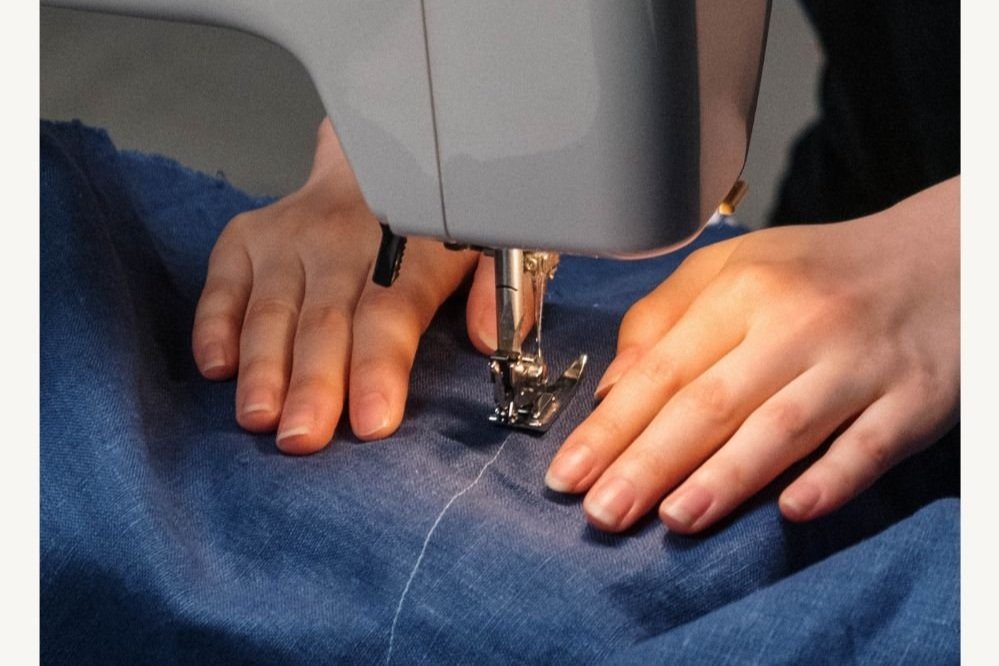In this article, we explore how to avoid injury while using a sewing machine. Sewing machines are fantastic tools for creating clothes, decorations, and all sorts of crafty projects. But like any power tool, they come with potential hazards. Following a few safety precautions, you can protect your fingers and yourself while you work your magic.
Here are some essential tips to help you avoid injury while using a sewing machine.
Mind the Needle How to Avoid Injury :
- Distance is your friend: This is the golden rule. Keep your fingers at least an inch away from the needle whenever possible. One of the most common sewing machine injuries is accidentally sewing through your finger.
To avoid Injury, Always keep your fingers away from the needle while sewing. Use a stiletto or seam ripper to guide the fabric under the needle, especially when sewing close to the edge.
- Use guiding tools: Fabric guides help you feed material through the machine without putting your fingers at risk.
- Sharp is safe: Blunt needles can bend and break more easily, increasing the chance of a prick. Replace yours regularly.

Tame the Threads:
- Unplug before untangling: A tangled mess can tempt you to reach in while the machine is on. Unplug it first!
- Beware of pins: Always remove pins before sewing over them. Invest in a magnetic pincushion to keep them contained that’s why you Avoid Injury.
- Listen to your machine: A strange sound might indicate a threading issue. Stop and address it before continuing.
Posture Power:
- Sit up straight: Proper posture prevents back and neck strain from hunching over your work.
- Take breaks: Get up and move around every 30 minutes to avoid repetitive strain injuries. Sewing for extended periods can lead to fatigue and decreased concentration, increasing the risk of accidents.
Take regular breaks to rest your eyes, stretch your muscles, and rehydrate. Giving yourself time to rest and recharge will help you maintain focus and prevent injuries.
- Work in good light: Eye strain can lead to headaches and fatigue. Make sure your workspace is well-lit.

General Safety:
- Electrical safety: Unplug your machine when not in use and inspect cords for damage regularly.
- The right tool for the job: Using the wrong size or type of needle can lead to problems. Consult your machine’s manual for guidance.
- Focus on the task: Avoid distractions that could make you lose focus around the moving needle.
Familiarize Yourself with the Machine
Before diving into a sewing project, take the time to familiarize yourself with your sewing machine. Read the instruction manual thoroughly to understand its features, functions, and safety precautions. Familiarity with your machine will help you operate it confidently and safely Avoid injury.
Use the Right Needles and Thread
Using the correct needles and thread for your sewing project is essential for both the quality of your work and your safety. Choose needles and thread that are appropriate for the fabric you’re working with. Using the wrong needle or thread can result in broken needles, skipped stitches, or even injury.
Practice Proper Machine Maintenance
Regular maintenance of your sewing machine is essential for ensuring its safe and efficient operation. Keep your machine clean, lubricated, and properly adjusted according to the manufacturer’s recommendations. Address any issues or malfunctions promptly to prevent accidents and Avoid injuries.
Wear Safety Gear
When working with sharp needles, scissors, and other sewing tools, wearing safety gear can provide an extra layer of protection. Consider wearing a thimble to protect your fingers from needle pricks and cut-resistant gloves when handling sharp objects that’s why Avoid injury.
Avoid Distractions
Sewing requires focus and concentration to ensure accurate stitching and prevent accidents. Avoid distractions such as phone calls, loud music, or watching TV while sewing. Create a quiet, dedicated sewing space where you can focus solely on your project.
Keep Your Workspace Organized
A cluttered sewing space can increase the risk of accidents and injuries. Keep your workspace clean, organized, and free of obstacles. Store sewing supplies such as needles, pins, and scissors in designated containers or drawers to prevent them from being knocked onto the floor.

Use Safety Features
Modern sewing machines are equipped with various safety features designed to prevent accidents. Familiarize yourself with these features and use them whenever possible. Features such as needle guards, finger guards, and automatic thread cutters can help minimize the risk of injury.

By following these simple tips, you can ensure that your sewing sessions are enjoyable and Avoid injury.
FAQs
Can I sew over pins without risking injury?
It’s not recommended to sew over pins, as it can damage your machine and increase the risk of needle breakage or injury. Remove pins as you sew to avoid injury.
Is it safe to sew late at night when I’m tired?
Sewing when you’re tired can lead to decreased concentration and an increased risk of accidents. It’s best to sew when you’re well-rested and alert to Avoid injury.
Should I wear closed-toe shoes while sewing?
Wearing closed-toe shoes can protect your feet from dropped needles or pins. It’s a good safety practice to wear appropriate footwear while sewing.
How often should I replace sewing machine needles?
Sewing machine needles should be replaced regularly, especially if they become dull or bent. Replace needles after every few projects or whenever they show signs of wear.
What should I do if I injure myself while sewing?
If you sustain an injury while sewing, such as a needle prick or cut, clean the wound thoroughly with soap and water and apply a sterile bandage. Seek medical attention if necessary.
